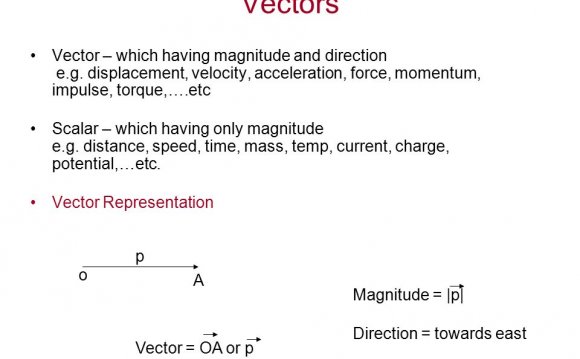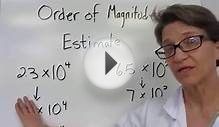
 Developing a good sense of how to use your physical intuition for solving problems involves learning the technique of deciding which approach to solving a problem tends to work more "easily" than other possible approaches. In some cases, detailed mathematical analysis is necessary, but, for many questions, an amazing degree of accuracy can be obtained by a series of "educated guesses" for which the correct order of magnitude for each quantity involved and simple calculations are all is all that is necessary to get a surprisingly accurate answer. The great nuclear physics Enrico Fermi is acknowledged as one of the great masters of this technique and used it to find the answers to what would seem to be almost impossible questions to answer. Hence the kind of problems that can be attacked in this way are termed Fermi problems. Here are some examples:
Developing a good sense of how to use your physical intuition for solving problems involves learning the technique of deciding which approach to solving a problem tends to work more "easily" than other possible approaches. In some cases, detailed mathematical analysis is necessary, but, for many questions, an amazing degree of accuracy can be obtained by a series of "educated guesses" for which the correct order of magnitude for each quantity involved and simple calculations are all is all that is necessary to get a surprisingly accurate answer. The great nuclear physics Enrico Fermi is acknowledged as one of the great masters of this technique and used it to find the answers to what would seem to be almost impossible questions to answer. Hence the kind of problems that can be attacked in this way are termed Fermi problems. Here are some examples:
Example 1:
What thickness of rubber tread is worn off of the tire of a typical automobile as it travels one mile?
Solution:
We could answer this question if we knew the following information:
- The thickness of tread on a new tire.
- The average distance of driving before a tire typically needs to be replaced.
- New tire tread thicknesses are about 1 inch. They may actually be 2 inches or 0.5 in, but an order of magnitude accuracy is "good enough". Certainly 0.1 inch is too small and 10 inches is too thick.
- Typically tires will last about 40, 000 miles. Again, the answer for some tires might be 30, 000 miles and longer-wearing tires might be 60, 000 miles, but you would find it hard to afford a car if the tires needed to be changed every 4, 000 miles and very few people would ever need to buy tires if the answer was 400, 000 miles.

|
Although our answer may be off by a factor of 2 or 3, it is almost certainly not off by a factor of 10. For some problems this is more than adequate.
Example 2:
Fans of a college football team are excited after their team wins the game. They rush onto the field. How many people can fit onto the field of 100 yards by 50 yards?
Solution:
Start by assuming that each person needs an area of about 18 inches by 12 inches if they are packed as closely as possible. Then, we would have
So 30, 000 people can fit onto the field itself.
Sometimes you can use the Fermi method to get some amazingly accurate results from your everyday knowledge. For example, suppose you are asked to state the radius of the earth and you do not have that quantity handily available. Think about your (or others) travel experiences:
- If you fly across the United States, how many time zones do you cross? Answer: 3.
- What is the average distance across the US? Answer: about 3000 miles.
- So, on average, there are about 1000 miles of distance traveled per time zone.
- There must be 24 time zones around the earth in all since there are 24 hours in the day so the earth circumference must be about 24, 000 miles.
- The circumference of a circle is 2pr where r is the radius so
YOU MIGHT ALSO LIKE












